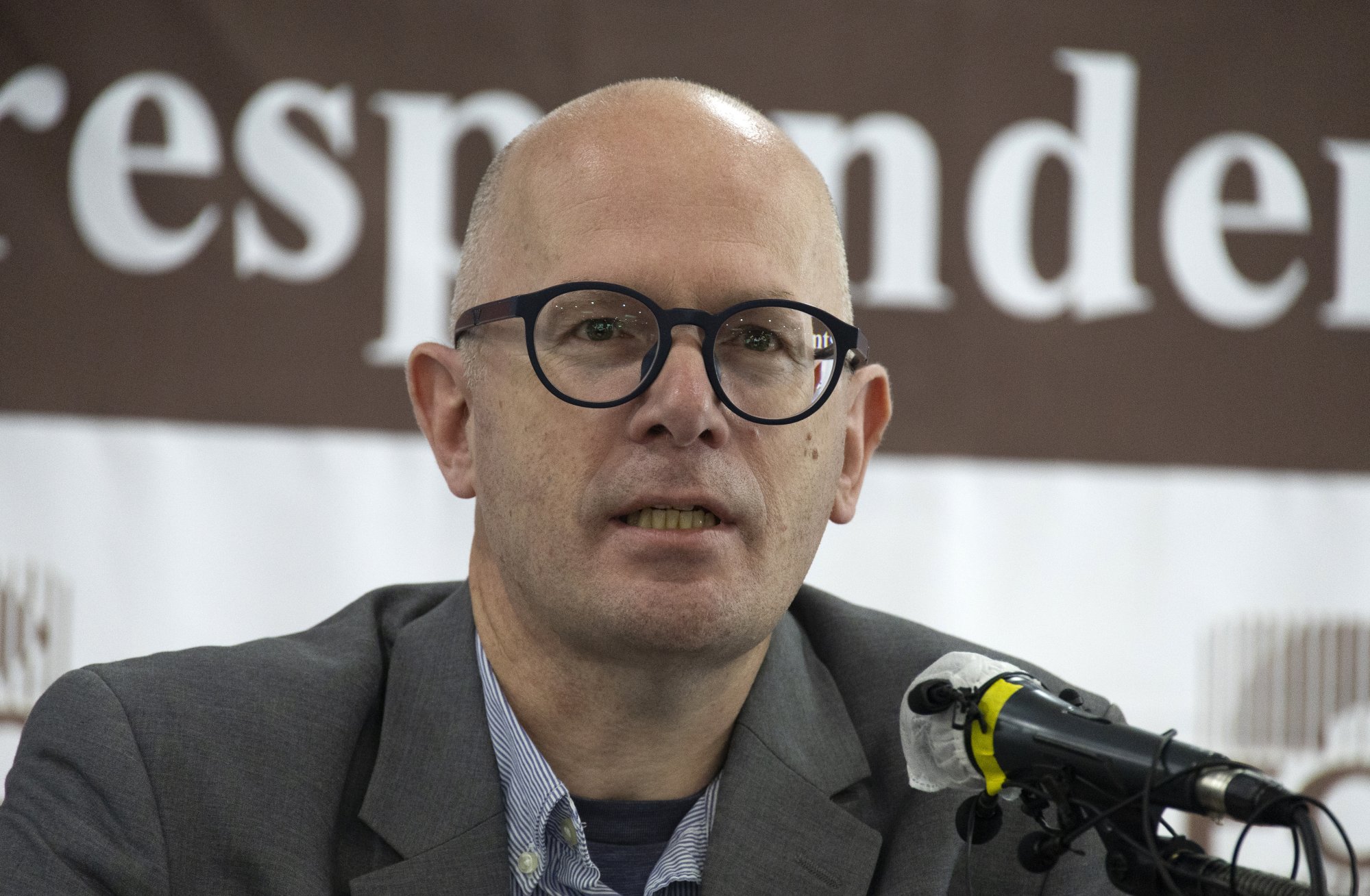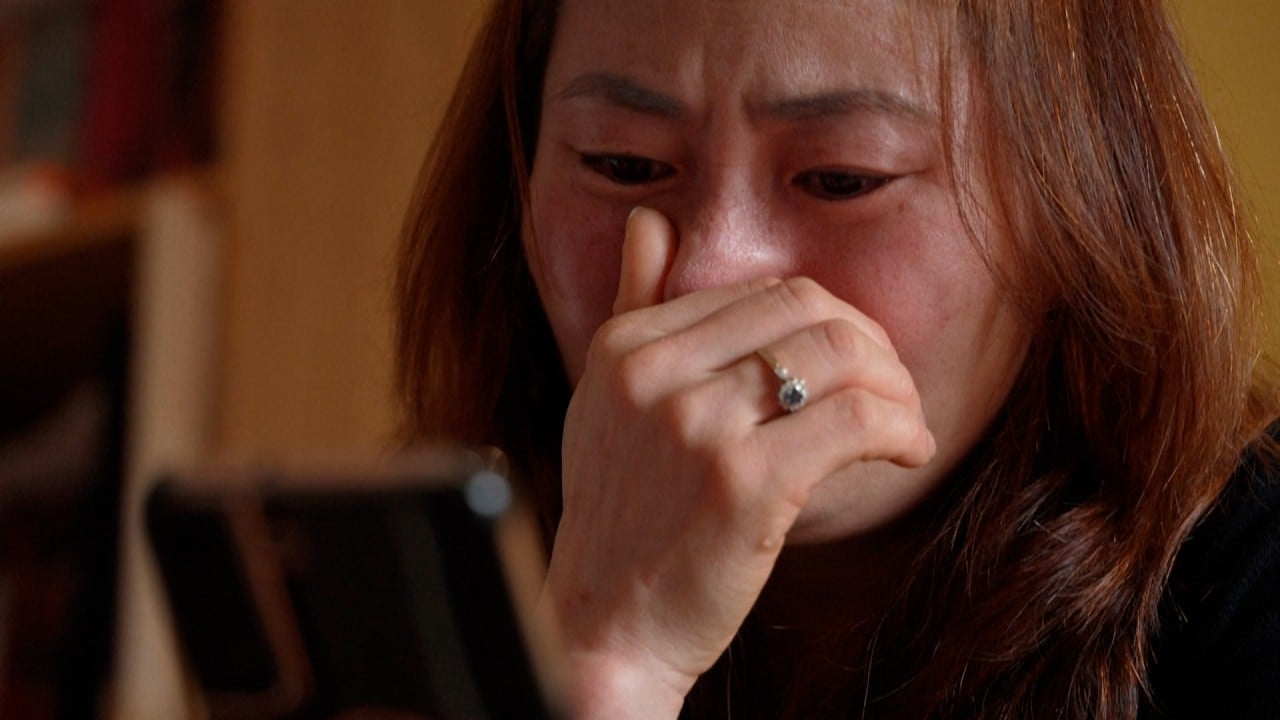The North is putting a lot of resources and efforts into developing technology and algorithms for surveillance but it “overly relies on imported Chinese technology” for devices including mobile handsets and security cameras, Williams told journalists at a press meet in Seoul on Monday.
In 2022, China-North Korea trade stood at US$1.03 billion, up 125 per cent from the previous year, according to Seoul’s Korea Trade-Investment Promotion Agency.
Photographs on Chinese social media taken along China’s border with North Korea showed closed-circuit television cameras mounted on North Korean guard posts. The devices were installed during the Covid-19 pandemic lockdown, when Pyongyang was building a second layer of security fences to prevent the spread of the virus.
The equipment was useful for stopping illegal border crossings and keep an eye on guards who look the other way and let people cross the frontier in return for bribes, according to Williams.
“This explains why the Northern border is so tightly closed,” he said, adding security services were being monitored.

North Korea banned tourists, jetted out diplomats and severely curtailed border traffic and trade under its zero-Covid policy before it allowed citizens staying abroad to return home in line with the easing of pandemic curbs worldwide last summer.
Human Rights Watch said in a report titled “North Korea: Sealing China border worsens crisis” and released in March that the closure worsened an already grave humanitarian and human rights situation in the country of 26 million people.
In addition to surveillance cameras, the North has been developing digital facial recognition systems which would tell the state “who is at a particular place at a particular time”, Williams said.
It is also working on internet protocol television that could let the government know whether someone is home based on the activity of TV sets, providing data on programmes that were watched or ignored.
Authorities will be “able to find out who didn’t watch Kim Jong-un’s speech last night and decided to switch the channel when he came on” in a dangerous display of disloyalty to the leader in the Stalinist state, he said.
In a report published last month titled “Digital surveillance in North Korea: Moving toward a digital Panopticom state”, Williams and Natalia Slavney at the US-based Stimson Centre said Pyongyang was building surveillance capabilities that “reach across various facets of public and private life”.
North Korea imported most phones from China – its economic lifeline – before launching the Arirang, Pyongyang’s first home-grown smartphone in 2013.
The country has an estimated 7 million mobile phone users. Kim’s administration also bought cheap second-hand Huawei telecommunications devices to upgrade the existing 3G networks to a 4G category, Daily NK said last year.
Digital transformation in North Korea could provide more opportunities to its citizens but it also “increases the risks associated with growing digital footprints and the ability of the North Korean state to expand surveillance of people’s lives”, Williams and Slavney said in the report.
North Koreans are already among the most tightly controlled and monitored people in the world, though the state is not all-seeing yet.
Small spaces exist that allow North Koreans to engage in illicit business activities, consume foreign media and privately criticise the government, and if caught, people can often offer bribes to escape serious punishment.
Citizens in North Korea, which ranks 172 out of 180 countries in the Corruption Perceptions Index, “cannot lead a life in the country if he or she does not bribe his or her way”, the United Nations said in a 2019 report that Pyongyang dismissed as “politically motivated”.
“The continued adoption of digital technology threatens to erase many of these spaces. A combination of the heavy state control exerted by North Korea and pervasive digital surveillance, such as that carried out in China, could extinguish all but the tiniest freedoms for the North Korean people,” according to the report published on 38 North, a website of the Stimson Centre.
Key findings of the study state that research on biometric technology has been going on for decades, evolving from fingerprint recognition in the late 1990s to include more advanced mechanism such as facial and licence plate recognition.
The latest version of North Korea’s national identification (ID) card comes in a smart card format. The document’s renewal requires citizens to provide fingerprints, have their photo taken, and, according to one report, take a blood test.
As a result, almost every North Korean citizen surveyed in the report said the state had collected their fingerprint data.
How the biometric information is stored and accessed is unclear, but the ID card procedure means the government possesses the data to build a biometric database of all citizens, according to the research.
However, the country’s “abysmal” electricity supply situation would be a major stumbling block in the spread of digital surveillance technology, it noted.
North Korea still relied heavily on its “highly effective” human intelligence networks that have been built up over decades of snooping on citizens, including the infamous Inminban neighbourhood surveillance system, Williams said.
The strategy, rolled out in the 1960s, centred on women who join community activities such as cleaning work, with members spanning multiple households and monitoring each other.


